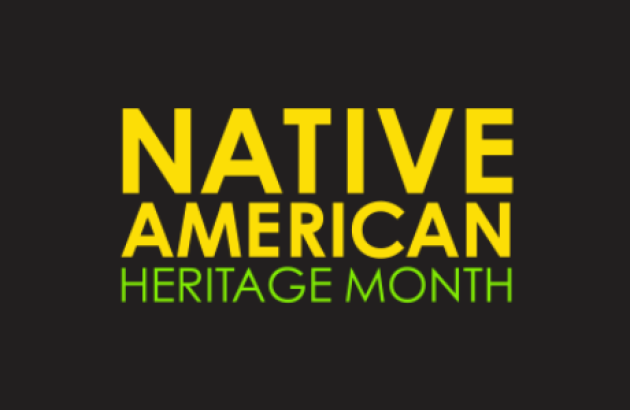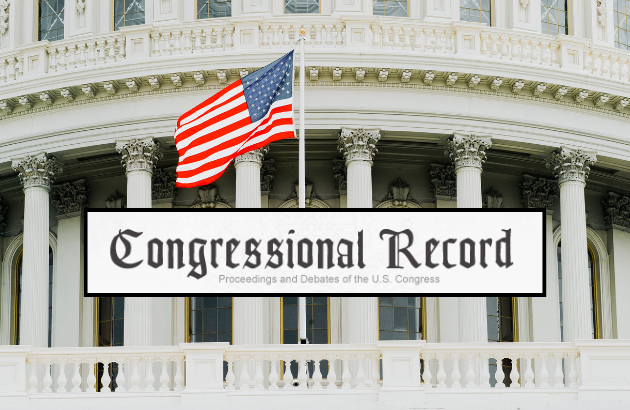Blog
Researching Native American Heritage Month & Tribal Law
National Native American Heritage Month is observed and celebrated throughout the month of November. The genesis of this celebration dates back more than a century when advocates pushed for the recognition of "the significant contributions the first Americans made to the establishment and growth of the U.S." Its very beginnings start with Dr. Arthur C. Parker, a Seneca Indian, and a request for a day of recognition for the "First Americans". A request for a day of national awareness came from Rev. Sherman Coolidge, an Arapahoe, in 1915. New York was the first state to declare an "American Indian Day" in 1916.
In 1986, Congress passed a law requesting the president to declare the week of November 23 "American Indian Week" (Pub.L. 99-471). President Reagan heeded the request and issued Presidential Proclamation 5577 which acknowledged the many ways "American Indians and Native Americans" contributed to the geography, art, literature, science, and history of America and asked the nation to "observe this week with appropriate ceremonies and activities". "American Indian Week" (later changed to "National American Indian Heritage Week") continued through 1989.
In 1990, Congress requested that all of November be declared "National American Indian Heritage Month" (Pub.L. 101-343) as a way for Americans to be reminded of and celebrate the ways in which the Native Americans shaped the country. In Presidential Proclamation 6230, President Bush recognized the great wealth of culture, community, knowledge, and wisdom of the Native American peoples and acknowledged that "each of the many tribes that have inhabited this great land boasts a long and fascinating legacy of its own". Presidents Clinton, George W. Bush, Obama, and Trump continued the annual proclamations designating November as National American Indian Heritage Month (known as National Native American Heritage Month since 2009). In his 2020 proclamation, President Trump asserted "This month, as we recommit to supporting Native American Tribes and people, we resolve to work side-by-side with their leaders to secure stronger, safer communities and preserve their sacred heritage for future generations." (Proclamation 10113).
The legal history of Native Americans extends far beyond 1915 and is rich with materials, including constitutions, tribal codes, treaties between the tribes and the American government, and much, much more. Availability of materials varies by tribe, but online access has increased in recent years. Below are a selection of places to begin researching tribal law.
The Indigenous Law Portal: United States from the Law Library of Congress is a collection of links to hundreds of tribes' websites, codes, constitutions, and more. Tribes are organized by region, by state, and alphabetically. This portal also includes a list of General Resources for US Indigenous Legal Materials which is comprised of links to various tribal and indigenous laws and resources covering a variety of topics, like land law, economic law, and social services. For more information about this resource, check out their 2013 blog post about the collection: American Indian Constitutions.
The National Indian Law Library (NILL) of the Native American Rights Fund (NARF) "maintains a unique and valuable collection" of federal Indian and tribal law. Their Tribal Law Gateway provides information on where to find tribal codes, constitutions, court opinions, and other legal information for hundreds of tribes. Check out the Researching Tribal Codes and Constitutions page for tips and videos on how to search the Gateway.
The Indigenous Digital Archive (IDA) Treaties Explorer was created by the Museum of Indian Arts and Culture in partnership with the US National Archives Office of Innovation and the National Archives Foundation. The Treaties Explorer contains the digitized original documents of the 374 Ratified Indian treaties in the National Archives holdings. It also includes the "cessions" (mapped land boundaries made by government clerks in the 1890s-1900s in an attempt "to get a handle on all the agreements that had been made regarding land"). Researchers can also navigate the Explorer by current and historical names of the tribes as well as by location.
The Indigenous Law Collection on LLMC Digital includes constitutions to more than 60 tribes. The collection is organized by territory, then tribe. Additional materials may be available for select tribes. LLMC Digital is a membership database available to all Jenkins members.




